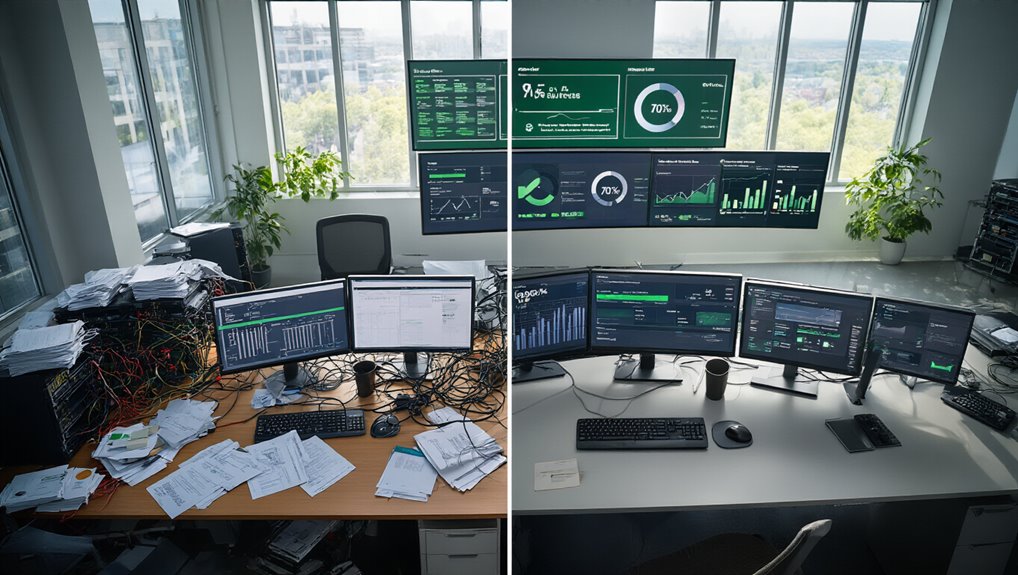The evolving digital landscape has transformed how organizations manage automated traffic, with bot and agent trust management emerging as a critical security focus. As AI agents become increasingly integrated into digital ecosystems, companies must establish reliable trust relationships with automated traffic rather than simply blocking suspicious activities. This shift represents a fundamental change in how businesses protect themselves against sophisticated attacks while maintaining seamless experiences for legitimate users. These systems act as middleware solutions that bridge the communication gap between various applications and services.
Distinguishing between human and automated traffic presents significant challenges. Modern bots can mimic human behavior with remarkable precision, making detection increasingly complex. Organizations face a delicate balance between blocking malicious traffic and avoiding false positives that disrupt legitimate user experiences. The constant evolution of attack methodologies requires equally dynamic defense mechanisms.
The battlefield between security and accessibility grows more complex as bots evolve to mirror human digital behaviors with uncanny precision.
Effective bot and agent management relies on multiple complementary strategies:
- Static analysis to identify known bot signatures
- Challenge-based verification through CAPTCHAs and behavioral tests
- Advanced behavioral analysis to detect non-human interaction patterns
- Machine learning algorithms that continuously improve detection accuracy
- Real-time feedback loops to refine mitigation strategies
Trust has become the central decision factor in handling digital interactions. Rather than implementing blanket blocking policies, organizations now establish ongoing verification processes to maintain security while facilitating legitimate automated interactions. This shift from “bot or not” to “How much do I trust” this digital entity represents a critical evolution in security thinking. This approach enhances business relationships with customers and partners while protecting against fraudulent activities. Many security leaders are considering whether to choose unified protection platforms that bundle multiple application security functions or to supplement with specialized bot management solutions.
Technological solutions combine multi-layered security approaches with sophisticated AI and machine learning capabilities. These systems analyze environmental data, device fingerprints, and traffic patterns to make informed trust decisions. The integration of these tools into broader security frameworks enables businesses to combat business logic attacks while supporting beneficial automated processes.
As the digital ecosystem continues to evolve, bot and agent trust management will remain essential for maintaining secure, efficient operations. Organizations that effectively implement these strategies gain a competitive advantage by minimizing disruptions, reducing fraud, and building stronger relationships with both human and automated entities in their digital environments.









